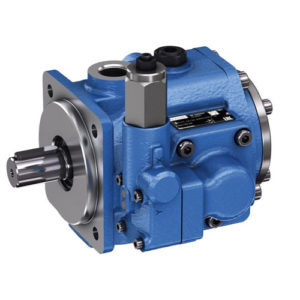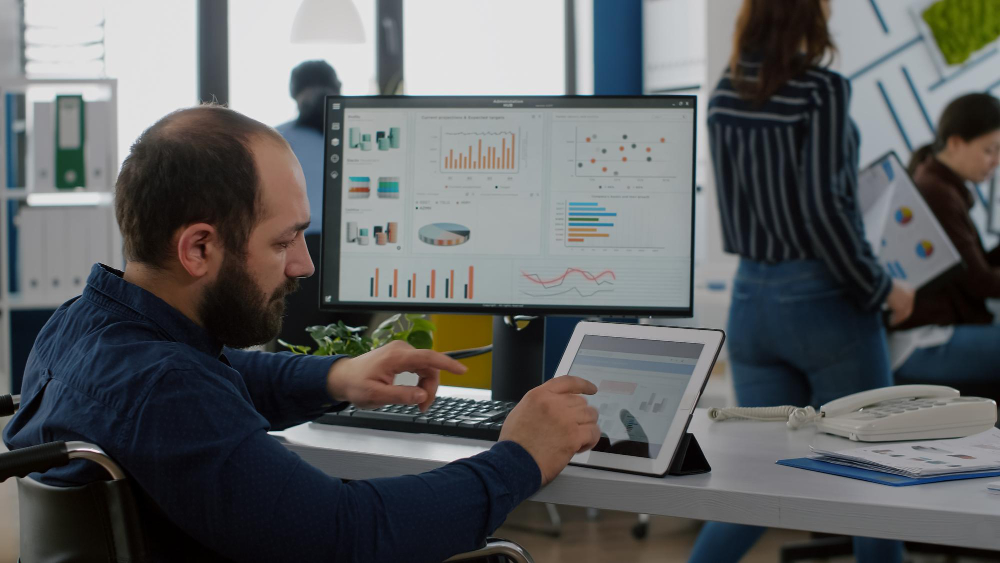Efficient Commutes: Navigating the Future with AI-Powered Transportation
As cities grow and commutes lengthen, the need for smarter, more efficient transportation has become critical. Artificial intelligence is at the heart of the solution—optimizing routes, reducing congestion, enhancing safety, and enabling sustainable travel. From autonomous vehicles to intelligent public transit systems, AI is redefining how we move through the world.
1. Smart Navigation and Traffic Management
AI is transforming traditional GPS into dynamic route optimization tools.
-
Real-Time Traffic Analysis: Apps like Google Maps and Waze use AI to reroute drivers based on live traffic conditions.
-
Predictive Congestion Modeling: AI forecasts traffic patterns and suggests optimal travel times.
-
Smart Traffic Signals: Adaptive systems adjust signal timing to reduce bottlenecks and improve flow.
Example: Barcelona and Singapore have implemented AI-based traffic control systems that cut congestion by up to 30%. Click Here
2. Autonomous Vehicles and Self-Driving Technology
Self-driving cars and trucks are one of the most visible applications of AI in transportation.
-
Machine Learning for Object Detection and Navigation: AI enables vehicles to “see” and respond to their environment.
-
Safety Improvements: AI reacts faster than human drivers, reducing accidents caused by distraction or fatigue.
-
Shared Autonomous Fleets: Companies like Waymo and Cruise are piloting autonomous ride-sharing models in urban areas.
3. AI in Public Transportation
Smart systems are helping public transit become more efficient and user-friendly.
-
Route Optimization and Scheduling: AI predicts demand and adjusts services accordingly.
-
Smart Ticketing and Contactless Payments: AI-driven systems streamline fare collection and reduce wait times.
-
Passenger Flow Analysis: Heatmaps and behavior analysis improve station design and boarding processes.
Example: London’s TfL uses AI to monitor rider flow and manage peak-hour capacity. AI Text Humanizer
4. Micro-Mobility and On-Demand Services
AI supports the rise of flexible, short-distance travel solutions like e-scooters and bike-sharing.
-
Dynamic Rebalancing: AI identifies areas with high demand and repositions vehicles accordingly.
-
Usage Pattern Recognition: Optimizes pricing and availability to suit local commuting trends.
-
Safety and Compliance Monitoring: AI detects improper usage or risky behavior.
5. Sustainable Transportation Through AI
Reducing the carbon footprint is a core goal of AI-led mobility strategies.
-
Optimizing Electric Vehicle (EV) Charging: Smart charging networks manage grid load and battery health.
-
Eco-Driving Assistance: AI gives feedback to reduce fuel consumption and emissions.
-
Urban Planning Support: AI analyzes mobility data to support sustainable infrastructure decisions. ChatGPT detector
6. Challenges and Considerations
-
Data Privacy and Surveillance Risks
-
Equity in Access to AI-Enhanced Mobility
-
Liability in Autonomous Transport
-
Interoperability Between Systems and Cities
-
The intersection of artificial intelligence and personal health has redefined how we approach wellness. From wearable tech that monitors heart rates to smart home systems that manage sleep and stress, AI is reshaping our ability to live healthier, more efficient lives. As we embrace this new era, AI is proving to be not just a tool, but a personal health ally.
1. AI-Powered Wearables and Personal Monitoring
Smartwatches, fitness bands, and other wearables equipped with AI are central to real-time health tracking.
-
Continuous Monitoring: Heart rate, blood oxygen, steps, and even ECGs.
-
AI Insights: Personalized health tips based on behavior trends.
-
Predictive Health Alerts: Early warning signs for conditions like arrhythmias or sleep apnea.
Example: Apple Watch’s ability to detect irregular heart rhythms and notify users before symptoms occur.
2. Smart Home Integration for Wellness
Smart homes go beyond convenience—they can enhance physical and mental health.
-
Sleep Optimization: Smart beds, lighting, and ambient noise systems adjust to promote better rest.
-
Air Quality Control: Devices monitor CO2, humidity, and allergens.
-
Mood-Based Lighting & Sound: AI tunes the environment to reduce stress or boost energy.
3. Mental Health Support through AI
AI is increasingly used in managing emotional and psychological wellness.
-
AI Chatbots and Therapy Aids: Apps like Woebot or Wysa offer cognitive behavioral therapy support.
-
Stress Detection: Wearables analyze voice tone or biometric signals to suggest relaxation techniques.
-
Mindfulness and Meditation Apps: Tools like Headspace or Calm use AI to tailor sessions.
4. Nutrition and Fitness Optimization
AI tools help users create balanced routines suited to their body and goals.
-
Dietary Recommendations: Apps analyze eating habits and suggest healthier alternatives.
-
AI-Personalized Workouts: Fitness platforms like Freeletics or Peloton tailor training plans.
-
Meal Planning and Grocery Automation: AI generates nutritious recipes based on available ingredients and preferences.
5. AI for Chronic Disease Management
AI plays a transformative role in assisting patients with ongoing health conditions.
-
Diabetes Management: Smart insulin pumps and glucose monitors provide real-time adjustments.
-
Cardiac Monitoring: AI predicts and helps prevent major heart events.
-
Remote Health Monitoring: Patients and doctors stay connected for early intervention.
6. Privacy, Ethics, and the Human Touch
As AI becomes more integrated into health and wellness, ethical considerations grow.
-
Data Security and Consent: How is health data stored, and who has access?
-
Algorithm Bias: Ensuring inclusivity in AI-driven recommendations.
-
Balance Between Automation and Human Care: Technology should enhance—not replace—human medical support.
-
Conclusion
AI is propelling transportation into a smarter, cleaner, and more responsive future. From daily commutes to long-distance logistics, the integration of artificial intelligence into mobility systems promises faster journeys, safer roads, and a lower environmental impact. As adoption grows, cities and commuters alike stand to benefit—provided we address the ethical and infrastructural challenges along the way.










